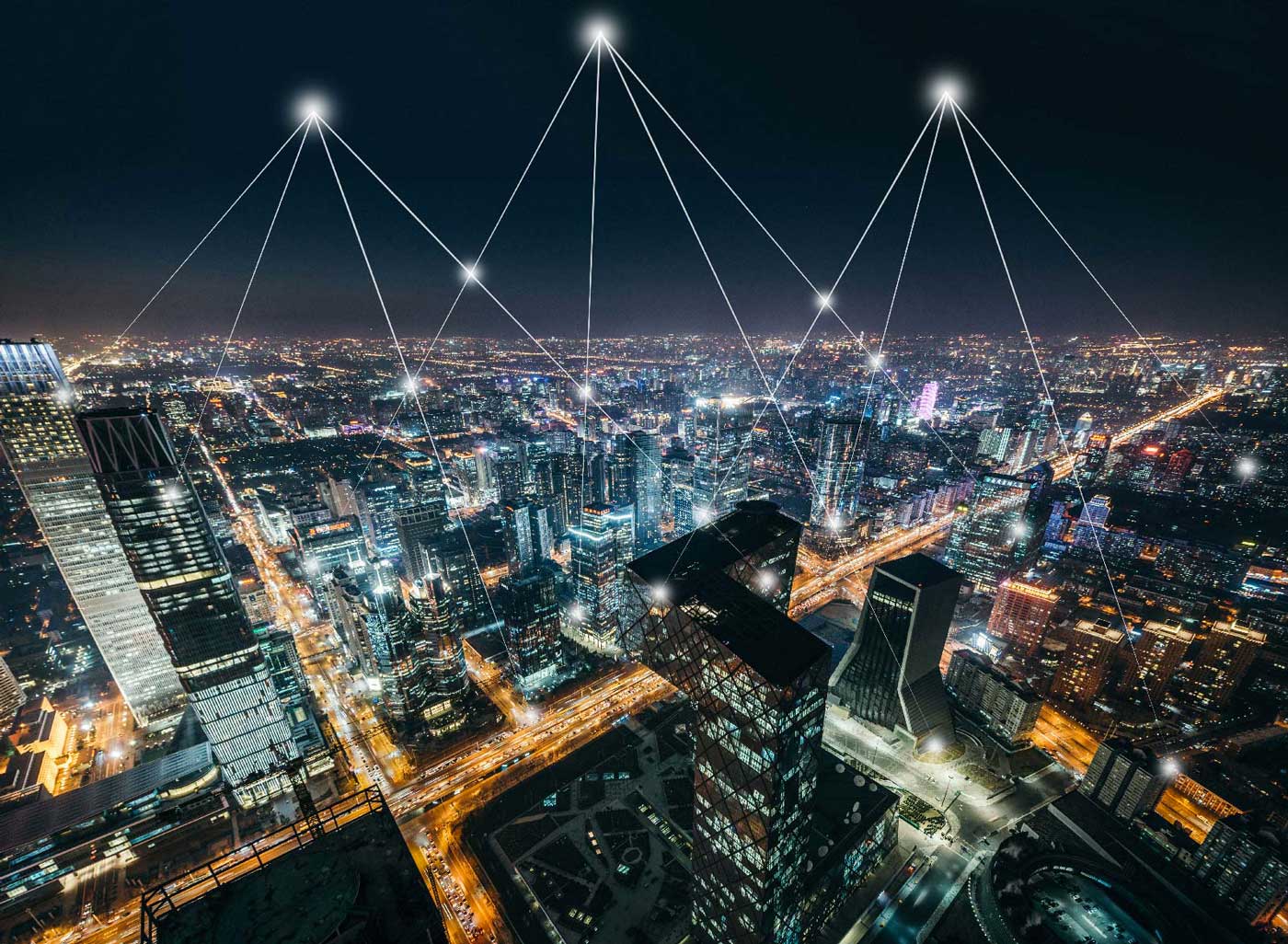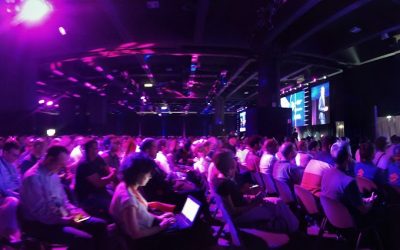The energy industry is going through a period of profound changes. The Digital Transformation triggered a disruption process by introducing new technologies, new products and services which benefit both providers and consumers. It’s very hard to predict how these new technology trends, such as smart grids, e-mobility, connected homes and smart energy management, will develop. What is for sure is that the energy industry can build its own future, by deciding how quickly to apply the necessary changes in order to stay in the game.
The ecosystem Interlogica provides accelerators, tools and strategies to help energy suppliers increase transformation speed and agility. Users keep getting more informed and involved in the market. Our main goal is to understand their needs and to help companies build their own future, in order to answer increasing end-user needs.
This article, which is divided into two parts, explores how energy providers can exploit new technologies for a better electricity supply management, to help users get what they pay for. Our analysis will mainly focus firstly on Smart Grids, and secondly on Smart Meters, Smart Metering, Energy Management System (EMS) and multi-utility platforms.
Smart Grids
Technological development, both in the utilities sector and in particular in the energy field, has brought a transition from conventional electrical grids to Smart Grids.
These technologically advanced grids are part of a smart and flexible system for energy production, distribution and storage, which increases the overall efficiency of the entire grid.
Technological and market developments are responsible for this revolution. Big companies that produce and supply electricity now have to face informed users, who ask for cheaper bills and for greater control over costs and energy use.
This necessity arises from the fact that almost the entire planet is relying on electrical grids, which are crucial to the proper functioning of fridges, heating systems, computers and to light homes, workplaces and cities.
What is a Smart Grid?
Smart Grids are equipped with technologically-advanced sensors, which gather data in real time. This data comes from different sources: users, big nodes, energy meters and vehicles.
The evolution from traditional electrical grids to Smart Grids happens by integrating traditional technologies and innovative digital solutions, allowing for a better exchange of information.
Smart Grids enable a bidirectional electricity and information flow, which can monitor everything from power plants, to client preferences, to different devices. The Smart Grid gathers information in real time and provides an almost immediate analysis of devices supply and demand.
A Smart Grid has three main components: production facilities, transmission and distribution facilities, end use.
- There can be many different production facilities, ranging from traditional power plants to renewable energy sources, such as wind farms, cogeneration power plants and solar panels. New energy production systems can monitor costs, demand and prices, in order to adapt to what other suppliers currently offer.
- Facilities and distribution networks provide electricity to consumers. The distribution network needs to be developed, in order to reduce energy leakage, therefore cutting costs. Connecting consumers with distribution facilities can provide better efficiency, thanks to a greater flexibility for energy demand fluctuation, thus avoiding overloads and blackouts.
- Energy is distributed and consumed in different environments, such as houses, offices, companies, government buildings and cities. New Smart technologies, such as Smart Meters, allow to predict energy demand and to optimize distribution.
Mode of operation
A Smart Grid exploits innovative technologies and systems to:
- bring renewable sources into production and distribution systems;
- optimize energy consumption;
- spread charging infrastructures for e-mobility.
Benefits
- reliable electricity supply;
- better grid quality;
- electricity distribution efficiency and peak demand management flexibility;
- environmental protection, greater support in spreading renewable sources and e-mobility, contributing to reduce CO2 emissions.
- electricity consumption detection raises user awareness on their energy-related behavior and on a more rational energy use.
- active user involvement
- Smart Meter and Smart Metering
- renewable energies integration
- e-mobility
What influence is the Smart Grid going to have on your home?
Things will not change that much, but a lot will happen behind the scenes. Even now, new devices, home appliances and softwares, which exploit the Smart Grid technology, are available across the entire nation. The Smart Grid is used to save energy, to find cheaper fees and to contribute to a regular and efficient functioning of our electrical grid.
In the second part of the article, which focuses on the utilities sector development, we will go into detail on how the end user can get involved in the Smart Grid, through Smart Meter systems, energy management systems and multi-utility platforms.



